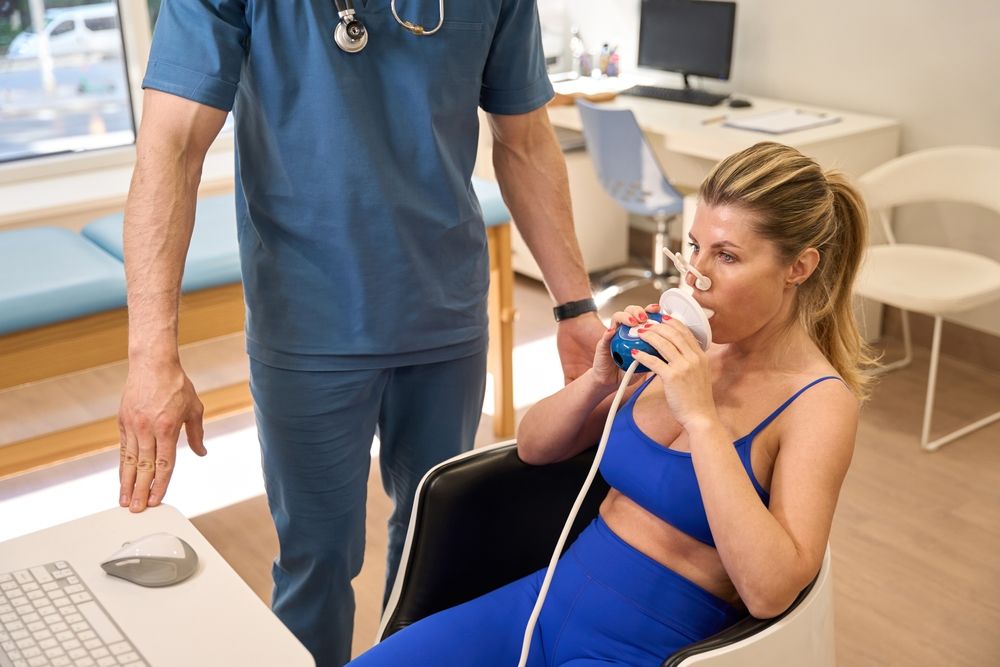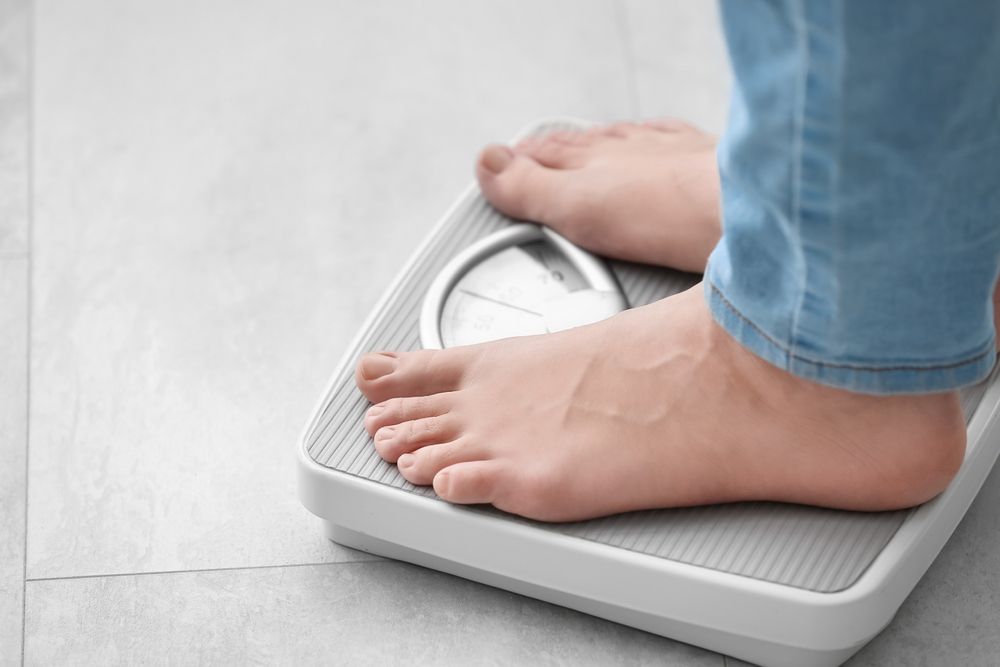
When it comes to weight loss, the usual advice focuses on eating less and exercising more. While these are important, they only touch on a small part of the overall picture. One crucial but frequently overlooked factor in weight management is your resting metabolic rate (RMR).
RMR is the energy your body expends while at rest, and it significantly influences how many calories you burn each day, even when you're not active. By boosting your RMR, you can increase the number of calories your body burns, making it a valuable asset in your weight-loss journey.
In this article, we'll explore what RMR is, why it's important for weight loss, how to calculate your RMR, and three proven strategies to increase it.
Understanding Resting Metabolic Rate (RMR)

Resting metabolic rate (RMR) refers to the number of calories your body needs to perform essential functions, such as circulating blood, breathing, and producing cells, all while at rest. Unlike the calories burned through physical activity or digestion, RMR makes up a significant portion of your total daily energy expenditure (TDEE). In essence, it’s the energy required to keep you alive and functioning without any physical exertion.
Several factors influence your RMR, including age, sex, weight, body composition, and genetics. For instance, individuals with more muscle mass generally have a higher RMR, as muscle tissue burns more calories than fat tissue, even when the body is at rest.
How To Determine Your RMR

There are various ways to determine your RMR, ranging from basic estimations to more accurate measurements.
Equations and Calculators:
A common approach to estimating RMR involves using equations such as the Harris-Benedict Equation or the Mifflin-St Jeor Equation. These formulas consider factors like age, gender, weight, and height to provide an estimate of your RMR.
While these equations offer a reasonable estimate, they may not fully account for individual differences in muscle mass or metabolic health.
Indirect Calorimetry:
For a more precise measurement, you can undergo a test called indirect calorimetry. This test assesses the amount of oxygen your body consumes and the carbon dioxide it produces while at rest, allowing for an accurate calculation of your RMR.
Although this method is considered the gold standard, it’s typically performed in clinical settings and may not be easily accessible to everyone.
Body Composition Analysis:
Given the importance of muscle mass in determining RMR, some fitness centers offer body composition analysis using methods like bioelectrical impedance or dual-energy X-ray absorptiometry (DEXA). These tests provide insights into your muscle-to-fat ratio, which can help you better estimate your RMR. Additionally, this information serves as a useful predictor of your progress in weight loss and muscle gain throughout your fitness journey.
Why Resting Metabolic Rate Matters When You Want to Lose Weight

Understanding your RMR is vital for weight loss because it establishes the baseline for how many calories your body needs to function. If you consume fewer calories than your RMR, your body may enter a starvation mode, slowing down your metabolism and making weight loss more difficult. Conversely, knowing your RMR allows you to better tailor your calorie intake and exercise routine, helping you create a sustainable calorie deficit without depriving your body of the energy it needs.
As you lose weight, your RMR can decrease, which is why many people experience a plateau after initial weight loss. This decrease occurs because your body requires less energy to maintain a smaller size, and it may also adapt by using calories more efficiently. By understanding and working to boost your RMR, you can overcome these plateaus and continue making progress on your weight loss journey.
3 Productive Ways To Boost Your Resting Metabolic Rate

1) Build More Muscle
Strength training is one of the most effective ways to elevate your RMR because muscle tissue burns more calories than fat, even when you’re at rest. Incorporating resistance exercises like weightlifting, bodyweight workouts, or resistance band exercises into your routine can increase muscle mass, thereby boosting your RMR. Aim for at least two to three strength training sessions per week to start seeing results.
2) Stay Active Throughout the Day
While regular exercise is important, staying active throughout the day also plays a key role in boosting your RMR. Simple activities like walking, standing, or even fidgeting contribute to your total daily energy expenditure and help prevent your metabolism from slowing down during periods of inactivity. Incorporate more movement into your daily routine by taking short walks, using a standing desk, or doing stretches during breaks.
3) Eat Enough Protein
Protein has a higher thermic effect of food (TEF) compared to carbohydrates and fats, meaning your body burns more calories digesting and processing protein. Additionally, consuming adequate protein helps preserve muscle mass during weight loss, which can prevent the reduction in RMR often associated with dieting. Aim to include a source of lean protein in every meal, such as chicken, fish, tofu, or legumes.
Final Thoughts
Boosting your resting metabolic rate is a powerful strategy in your weight-loss journey. By understanding your RMR and implementing strategies to increase it, you can burn more calories throughout the day, even when you’re not exercising. Building muscle, staying active, and eating enough protein are three simple yet effective ways to enhance your metabolism and support your weight-loss goals.
Remember, sustainable weight loss requires a balanced approach that includes healthy eating, regular physical activity, and a focus on your overall well-being.

